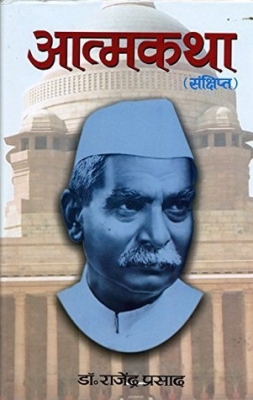Why is Dr. Zakir Husain considered as a prominent educational thinker?

After returning to India from Germany, in 1927, he took over as the head of the Jamia Milia Islamia University, which was by then, facing the threat of closure due to financial constraints. He aimed to revive the university.
The university was involved in India’s freedom movement. It was under his leadership that the education institution not only managed to stay afloat, but contributed to the Indian struggle for freedom from the British Rule. During this period, Husain emerged as one of the most prominent educational thinkers and practitioners of modern India. In 1948, he became the Vice Chancellor of the Aligarh Muslim University. In 1956, he was nominated to the Rajya Sabha. However, just after a year, he was appointed as the Governor of Bihar, a position he served in for five years from 1957 to 1962.
Picture credit: google




















